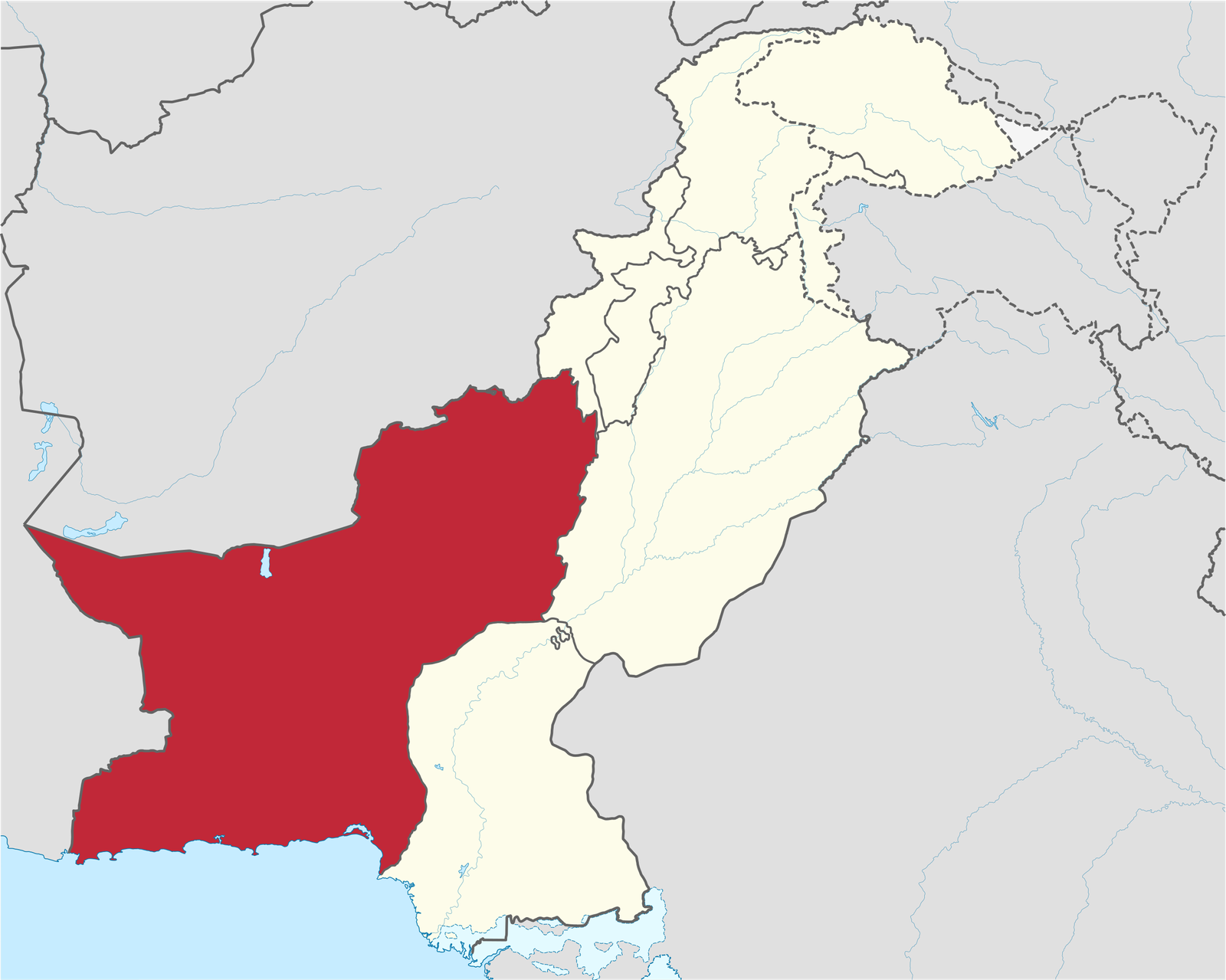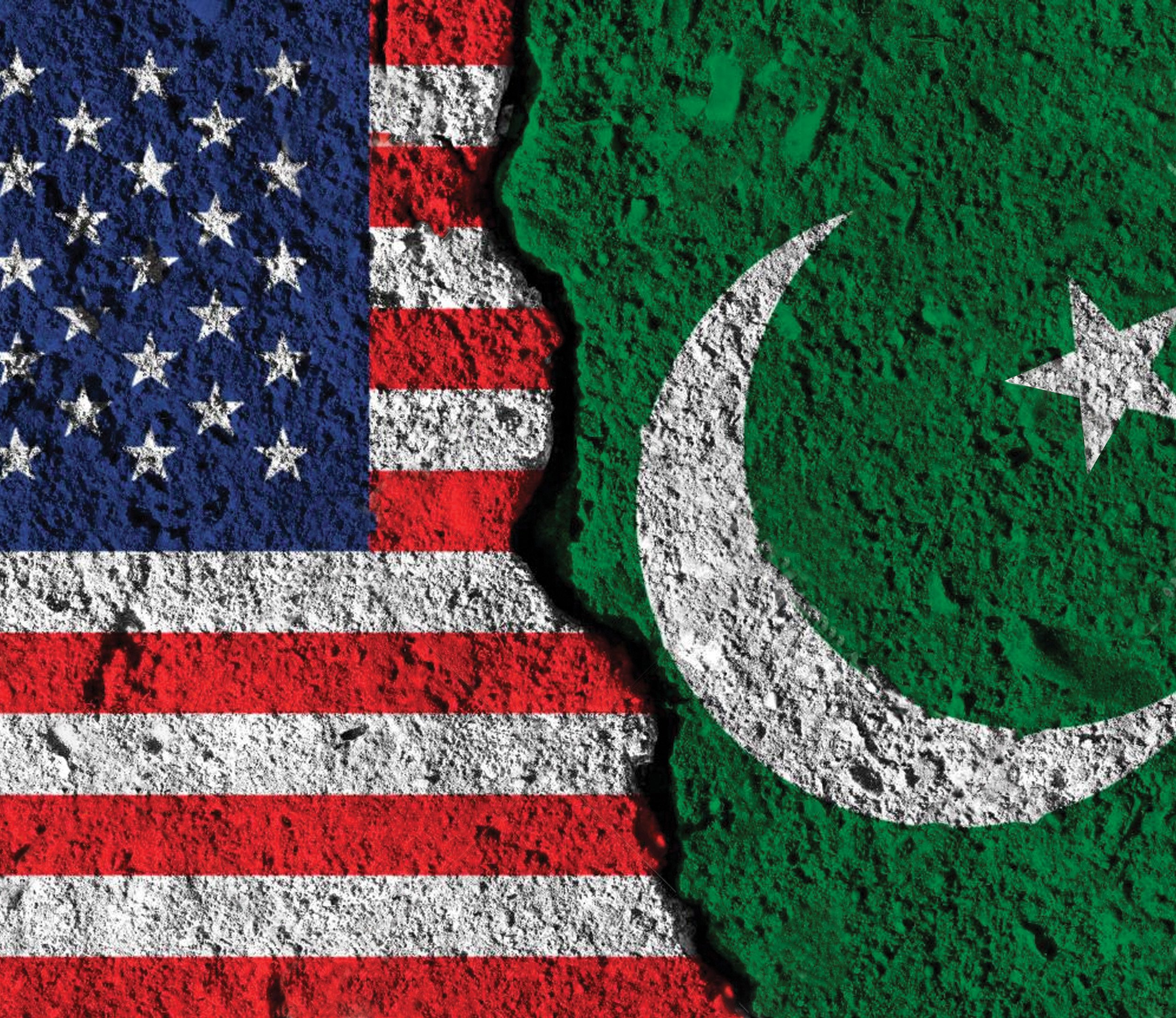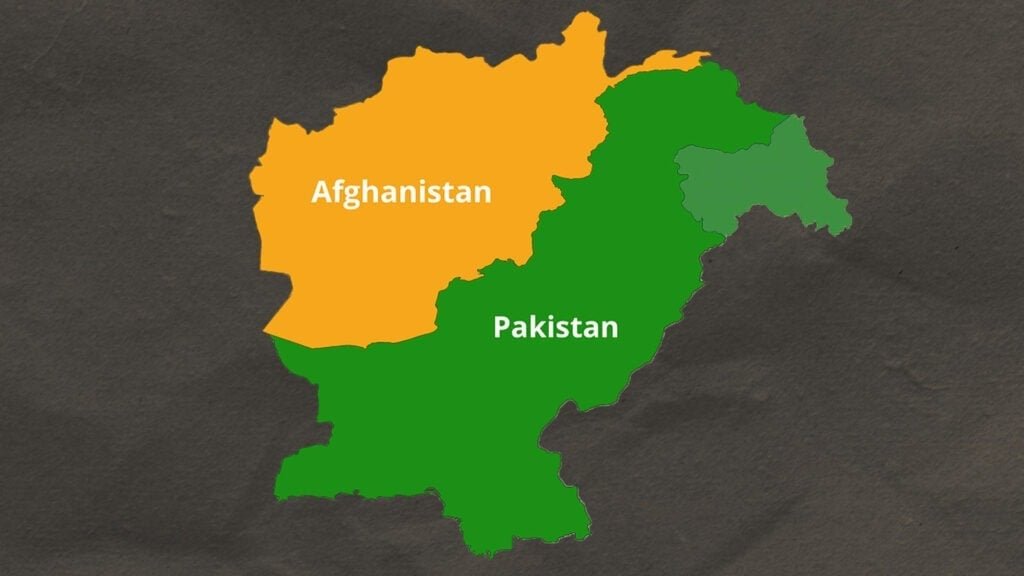Arshad Mahmood Awan
The Durand Line is an international border that spans approximately 1,600 miles between Afghanistan and Pakistan, reaching its western endpoint at the border with Iran and its eastern endpoint at the border with China. It was established in 1893 as the boundary between British India and the Emirate of Afghanistan, delineating their respective areas of influence. The line was named after Sir Henry Mortimer Durand, the foreign secretary of the colonial government of India, who persuaded Abdur Rahman Khan, the emir of Afghanistan, to agree to an international border.
The region along the Durand Line varies in elevation, with its eastern end situated in the high-altitude Karakoram Range and its western end located in the lower-altitude Registan Desert. The line passes through the Spīn Ghar (White Mountains), which includes the Khyber Pass. Twelve Afghan provinces and three provinces of Pakistan are positioned along the Durand Line.
During the 19th century, Afghanistan became a strategic pawn in the power struggle between Russia and the British Empire, known as the Great Game. In 1839, the British invaded Afghanistan, sparking the First Anglo-Afghan War as they sought to prevent Russian expansion southwards. Following the British conquest of the Punjab in 1849, they assumed control of the undefined Sikh frontier to the west of the Indus River, leaving a territory between them and the Afghans inhabited by various Pashtun tribes. This area posed administrative and defense challenges for the British, leading to differing perspectives on how to manage it.
The British invaded Afghanistan again in 1878, leading to the Second Anglo-Afghan War and the installation of Abdur Rahman Khan as the new emir. In 1893, Sir Henry Mortimer Durand negotiated an agreement with Abdur Rahman to demarcate their respective areas of influence, resulting in the establishment of the Durand Line as the official border between Afghanistan and British India. This new border divided Pashtun areas, leading to future tensions due to tribal allegiances spanning both sides of the border.
Following the partition of British India in 1947, the newly formed country of Pakistan inherited the Durand agreement. However, the region on both sides of the line became the focus of a movement for Pashtun independence and the establishment of an independent state of Pashtunistan. Afghanistan refused to recognize the Durand Line and the agreements defining it, declaring them void because they were imposed by the British. Additionally, when Pakistan joined the United Nations in 1947, Afghanistan was the only UN member to vote against its membership.
Pl, subscribe to the YouTube channel of republicpolicy.com
The question of the Durand Line became secondary during the Soviet invasion of Afghanistan in 1979, as it was overshadowed by the larger Cold War conflict, especially as Pakistan aligned itself with the United States. Mujahideen groups from the Pashtun tribes on the Pakistan side of the border were recruited to fight the Soviet government in Afghanistan. This insurgency continued until the Soviets withdrew in 1989 and contributed to the eventual Afghan civil war and the rise of the Taliban. Regardless of the ruling power in Afghanistan, the government has maintained that the Durand Line is void and continues to seek the return of Pashtun territories and Balochistan.
The Durand Line remains a contentious issue between Afghanistan and Pakistan, and Pakistan’s construction of a border fence in 2017 has led to increased hostilities. Even with the Taliban coming back into power, the disputed Durand line has been the issue. However, there is one thing necessary: the Pashtuns inside Pakistan are committed to the federation of Pakistan and are not bothered by the claims of Afghanistan.















